Report on the Christmas series of talks by Rev. Frimut Husemann “The Birth of the Son of God”12/1/2020 by John-Peter Gernaat “The Birth of the Son of God in Ancient Egypt” presented on 26th December“The Son of God” was the title of the Pharaohs. Rudolf Steiner spoke of this when he began the renewal of the religious life and we can read about it in “Christianity as a Mystical Fact”. Ancient religions already had a picture of God being born on earth. Firstly, Frimut presented a geographical picture for us. Abram, who became Abraham, left Mesopotamia and moved with Sarah his wife to Egypt. When he wanted a wife for Isaac his son, he sent a servant to Mesopotamia. When Esau lost his birth right to Jacob, he fled to Mesopotamia. The Babylonian exile was to Mesopotamia. The Israelites developed between Egypt in the west and Mesopotamia in the east. The picture of God being born on earth became a part of the Jewish religion. Frimut spoke to images he had brought with him. This image is to be found in the Mammisi, a smaller chapel called the “room of nativity” that forms part of an Egyptian temple. It shows the conception of the Son of God – the new Pharaoh. This picture is reminiscent of the story in the Gospel of Luke. The figure with the cow’s horns is the goddess of birth, Hathor. The cow’s horns are an image of conception. This goddess can be compared to the Archangel Gabriel. The wife of the reigning Pharaoh receives the annunciation from the goddess. On the right is the god Atum who wants the Pharaoh as his son. We recognise him by the symbol, the Ankh, in his left hand.  The Ankh This picture shows the birth helpers of the goddess of birth holding up the couple while Atum holds the Ankh to the nose of Pharaoh’s wife so that she may ‘breath’ in the new Pharaoh. The art of Egypt was a representation of reality. It was precise and had the meaning it depicted. Khnum, the potter, a creator god makes the body of the new Pharaoh. He makes both the physical and the etheric bodies on a potter’s wheel. Hathor is present as the goddess of birth holding up the Ankh to the new Pharaoh. Horus presenting the newly born Son of God. This is reminiscent of the presentation of Jesus in the temple in Jerusalem. Mesopotamia represented the East and life, while Egypt, especially Egypt west of the Nile, represented the West and death. The Nile River itself represented life. Egyptian representations are very exact and technical. They felt that by having an exact representation they had the spiritual on earth. The artists who made these depictions were slaves of the priests and made the images under the hypnotic influence of the priests. The images are of the burial complex of Pharaoh Unas, 9th and final Pharaoh of the Fifth Dynasty, built in the 24th century BC (Wikipedia). When a Pharaoh died there was a birth. This is reminiscent of out Christmas altar image where there is a birth on earth and a death and revelations in the heavens. The purpose of the pyramid built over the burial complex was to ensure that the death of the Pharaoh did not represent his spiritual death. It created a path to Ra so that the dead Pharaoh could rule with the living Pharaoh. This made the living Pharaoh a representative of God on Earth. The same title as taken by Caesar and by the Pope. In these later pyramids the ritual of death is more clearly revealed than in the older pyramids. The western chamber, where the sarcophagus stands, represented the underworld, The Antechamber into which the passage opens represented the earth while the eastern chamber represented the heavens. The funeral ritual began at sunset. The mummy of the Pharaoh was taken into the underworld chamber and a calf was slaughtered. At midnight the mummy was closed in the sarcophagus. To the right and the left of the entrance to this chamber were two statues. The etheric body of the Pharaoh, the Ka, and the astral body of the Pharaoh, the Ba, were united with one of these statues each. The priest would speak the words and these words would become reality. These two statues were then moved through the low doorway into the eastern chamber where the Ka was set in the northern room and the Ba in the southern room. In the middle room the “I” could be free. It was transported on a ship (a bark) for the next month to life in conjunction with the sun. The path leading into the funeral complex was sealed with 3 huge stones that fell out of the ceiling to seal the passage after the funeral party left. These rituals were rituals of authority in the sphere of the Father God. The Ka is represented by Seth and Ba by Horus. Seth can be equated with Ahriman and Horus with Lucifer. We all have Horus and Seth in us and an empty space where the Christ can be grasped by the I. The first communion in the Act of Consecration is “Take this into your thinking”. As the service continues the communion with the soul and the body occurs. Joachim Spiegel has written a book on the Rituals of the Egyptians. From his research we know words from the rituals: “You were born for the reason you have Horus in you. You were born for the reason you have Seth in you.” The body of the dead Pharaoh was given into the arms of Atum, who in the Egyptian cosmology is the first god who created the creator gods and goddesses. “The Birth of the Son of God in Ancient Greece” presented on 27th DecemberIn Ancient Greece art reached a completely new form not seen in the world before. In Greek art of the Classical and Hellenistic periods the content is in the art. There are no longer any explanations accompanying the art as in the hieroglyphs in Egyptian art. The content is inherent in the art – in the forms – but there is no interpretation provided. The soul must feel the meaning of the art. The two images Frimut brought are almost life-size and both are relief sculptures. We were asked to describe this image factually. You should do so yourself before reading on. We see a man, an older man, dressed in robes supported by a staff, contemplating a man, a younger man, who is undressed who is perched on a support. The young man is looking out at the world. Once his hands held a spear. He was a hunter. Behind the younger man is a child who is asleep. At the same level as the child is an animal who is awake. This image represents the three ages of Man, childhood, adulthood and old age. One cannot see the expression of individual artists in Greek art, all artist developed the style of the time, but there was a development in the style that occurred over a period of a century. In Egyptian art there was no development. It was authoritarian and grave-like. In Greek culture there was no real understanding of death. Greek culture was all about life and the enjoyment of life. Greek culture expressed the appreciation of the temple of the human body, especially the male body. There is no expression of egoism in the body or any inhibitions in its portrayal. In the image above we can see the child sleeping at the level of the legs of the man. This represents the sphere of the will. Here the child is unconscious while the animal is fully conscious. This image also represents the three levels of consciousness. This image was found on a grave and the legs of the younger man stand free of the relief, i.e. they are fully three dimensional. This represents an old man looking back on his life just before death. The Greek culture was the first culture where an individual reflected back on himself. This is the first time we see the ideal of freedom coming to the fore. It is not yet real freedom, but the idea of freedom was developing. This image was made in the late classical period of Greek art between 360 BC and 390 BC. In ancient Egypt one can imagine the pyramid. The Pharaoh's name is carved into the top pinnacle of the pyramid: the name of god. The sun (Ra) shines in the pyramid and he, Ra and the Pharaoh, rule the world. On the ground at the base of the pyramid stands the living Pharaoh, the Son of God. In Greek architecture, the temples had changed and become a representation of a house for the gods. Socrates began to think independent thoughts that were against the stream of thinking of his time and the result of this blasphemy was death. He could have fled Athens and avoided death, but he was culturally, an Athenian first and foremost and therefore would not flee from death and accepted his death as the will of the judges. The Greek culture was the first European culture and also the last oriental culture. It reached a new level of consciousness. Initiations at Eleusis continued until 480 BC. The Parthenon was built between 477 BC and 438 BC by Pericles at the height of the ancient Greek Empire. The Persians attempted to invade and conquer Greece between 492 BC and 478 BC. One of the decisive battles was won by the Greeks at Salamis where they destroyed the Persian naval supremacy. Eleusis overlooked Salamis and the bay of Salamis where the naval battle was fought on 28th September (Michaelmas) and as a result of this battle in 480 BC the initiation ceremony could not take place at Eleusis and the spiritual beings deserted the temple. The image (above) is of the priestesses of Demeter and Persephone initiating a young man. Demeter holds the staff with the ears of wheat sprouting from the top. The staff of Persephone has the burning torch at the top. In this relief of the archetype of the initiation the initiate is Triptolemus who was either a prince or a god and received the secrets of agriculture from Demeter and her daughter Persephone. In the Eleusinian mysteries the men to be initiated sat in the dark all night and at midnight the priestess of Persephone would take them one by one into the place of initiation. As he enters he sees a light and hears the toning of a gong. The priestess of Demeter says words: “The strong wife will bear a strong son”, at which point the initiate has a vision of the mother and child. At dawn they to go a cave where they spread water symbolising flow and procreation then they plant wheat seeds at a cemetery that produce crop in the next season. This was the last shadow of the ancient mystery initiations which foreshadowed the Christ. These mysteries were held at Michaelmas under the guidance of Michael. These mystery initiations foreshadow the Act of Consecration. Frimut shared some political history about the Greco-Persian wars. Xerxes led the invasion of 480 BC. Xerxes defeated the Spartan and Allied armies in the battle of Thermopylae and the Greek navy that had been protecting the flanks of their army retreated to the island of Salamis. Xerxes now invaded most of Greece and the city of Athens was evacuated except for a small army. Xerxes defeated this army and laid waste to Athens. The Greek Allied navy remained offshore of the island of Salamis hoping to lure the Persian navy into battle. The navies met in the cramped straits of Salamis and the size and number of Persian ships created chaos that the Allied fleet took advantage of and defeated the Persian navy. Xerxes retreated to Asia Minor. Thirty years later the Greek culture reached its peak. Many towns paid Athens to defend them. Athens used this money to rebuild the city. Criminality in ancient times grew the culture. This continues to this day where we steal from the poor to build the culture of the rich. This is not a Christian way of behaviour. We celebrate Christmas and Easter every day even though the festivals that celebrate these events occur at specific times. “The Birth of the Son of God in Palestine” presented on 28th DecemberReferring to the image of the Greek man reflecting on his life, we note two directions of development: from the child in the bottom left to the old man in the top right is his direction of growing up. The opposite is true for the direction of consciousness because consciousness is connected with death forces. It is our being conscious that results in our death. When we think, the matter of our brain dies. At the age of about 26 the last bone in our body has ossified; from this point onwards, the body moves towards death while at the same time we gain free forces for intellectual pursuits. The initiation ceremony of the Greeks reminded the initiate that he had to transform three fields. He received seeds as a reminder to transform the physical body, the etheric body and the astral body. While the cult of Egypt was a death cult the cult of Mesopotamia was a life cult. The cultures of Mesopotamia recorded enormous details of the life and culture on clay tablets. Thousands have been found and are to be found in many museums around the world. Walter Andrae was an archaeologist who has excavated Babylon. The Jews lived between Babylon/Mesopotamia and Egypt and their culture drew from both these cultures. In Mesopotamia there were several ziggurats with the one at Etemenanki dedicated to the god Marduk, the chief god of Mesopotamia. This ziggurat was a 90-metre high step pyramid with a chapel on the top. This chapel was the home of Marduk, where he lived invisible to the people. This chapel marked the foundation stone of heaven. Once a year the priests and adepts of Marduk performed a mystery drama in which the statue of Marduk was removed from the ziggurat chapel, brought to the Euphrates River where it was placed on a barge together with the statues of the other gods. The barge was taken by riven to a house of feasting where the people feasted with the gods for four days. This feast represented a communion with gods and goddesses and marked the new year. It was a feast for life. Then the barge was placed on rollers and returned to the ziggurat and the statue of Marduk to the chapel on the ziggurat. Ishtar was the goddess of birth in Mesopotamian culture and one of the ceremonies involved her statue being towed through a tunnel, a replica of which exists in the Pergamon Museum in Berlin and was elaborately described by Rev. Michaël Merle in October in his talk on the lamassu. The images that the procession passed relate to the experiences of will, feeling and thinking. The people experienced this through images while adepts were provided with meaning. We experience this again when Jesus gives the parable of the sower where the seed falls on four different types of ground. The people receive the image of the parable while the disciples are given an explanation. The king in Mesopotamia ruled for one year in the place of Marduk. After the year was over his crown and all the symbols of his rule were removed and he was scourged until tears appeared. Thereafter the symbols of rule were returned and he rules for another year. This ceremony marked the end of the new year festival in Mesopotamia. We experience the same picture when the soldiers remove the garments of Jesus and scourge him before the crucifixion. The Jews were the first culture to have a god without a statue of their god. Till today there is religious discourse on how one can conceive of a god without an image of him. Moses asked God in the burning bush, “who shall I say sent me?” and God replies, “I am the I am”, so Moses says, “the I am sent me”. At first Moses rejects the task given him by God, Moses has to find trust in his mission. The God of the Jews firstly appears as a column of smoke by day and fire by night, then as the arc of the covenant housed in a tent and finally as the Holy of Holies in the Temple of Solomon in Jerusalem. This is the image the Jews have of their God. This is the opposite of the Greek culture who imagined their gods in the form of humans. The baptism of Jesus can be compared to conception, the three years of his ministry to the gestation of Christ in Man. The birth of Christ, of the “I” for all humanity, occurred on the cross. Christ is the life behind all of nature. Christ makes whole that which he receives from the Father through the Spirit. The Greek people studied in the orient. The first art was similar to that of Egypt and Mesopotamia. After 480 BC the art began to gain real life forms and during the Hellenistic period the art showed all the emotions of the self. This occurred when the Archangel Michael was the time spirit as he is now. The Greek culture was spread by Alexander the great over the whole known world, just as the culture of technology is spreading today. Frimut took us into geometric thinking. Imagine a point in space. It is and it is not. It is a pure thought. Thoughts can also exist without imagination. Imagine a second point. Connect the two points creating a one-dimensional line. Imagine a third point and connect the three points. It forms a plane which is two-dimensional. Imagine a fourth point and connect the four points and a tetrahedron, a three-dimensional form, comes into being. Now imagine two planes in space. Somewhere they will meet and intersect. The intersection is a line. Intersect three planes and the point of intersection is a one-dimensional point. Where four planes intersect it forms a tetrahedron. When we imagine infinite size, we imagine a plane; when we imagine something that is infinitely small it is a point. Joachim Schmutz took a remark of Rudolf Steiner that the earth is a projection of the tetrahedron in space and mapped this tetrahedron on the earth. Further studies mapped a second tetrahedron. The lines of tectonic activity form the tetrahedra. One such line runs from Oslo through the Rhine valley, the Red Sea and the East African Rift Valley. The Jordan River runs in this rift. East and west are the compression that meets in the rift in Palestine. Christ became the gate at the intersection of the tetrahedra – one being the tetrahedron of tectonic compression and the other the tetrahedron the tectonic expansion. These tetrahedra express the breathing of the earth. The first breath of a human after birth is an in-breath and last, on dying, is an out-breath. If we were to hold our breath we would die. To get oxygen we must breathe in. Our body creates poison and to get rid of this carbon dioxide we must breathe out. The arterial blood is rich in oxygen and nourishes the body while the venous blood is poor in oxygen. Venous blood comes from the past and needs rejuvenation.
In the heart there is septum between the two halves of the heart that is open before birth and closes with the first breath. The heart is not a pump as commonly thought. If it were a pump the pressure would be too great for the capillaries. Blood moves by an etheric force. The heart is a place of balance where we can gain consciousness. Returning to the two pictures from the Greek culture, the first is a picture of the consciousness of death while the second is of the culture of life. This pre-empted the death of Christ on the cross and the birth of the “I” in the human. What we grasp through understanding in this lifetime becomes a seed in death and in turn becomes a plant in the next life. Our seeking in this life becomes the Spirit of God in our future.
0 Comments
Leave a Reply. |
Follow us on Twitter. We put reminders of events and notices on Twitter.
Articles Archives
December 2020
2023 - January to December
2022 - January to December 2021 = January to December 2019 - January to December 2018 - January to December 2017 - January to December 2016 - January to December 2015 - January to December 2014 - November & December 2013 - July to December 2013 - January to June 2012 - April to December Send us your photos of community events.
Articles (prefaced by month number)
All
|
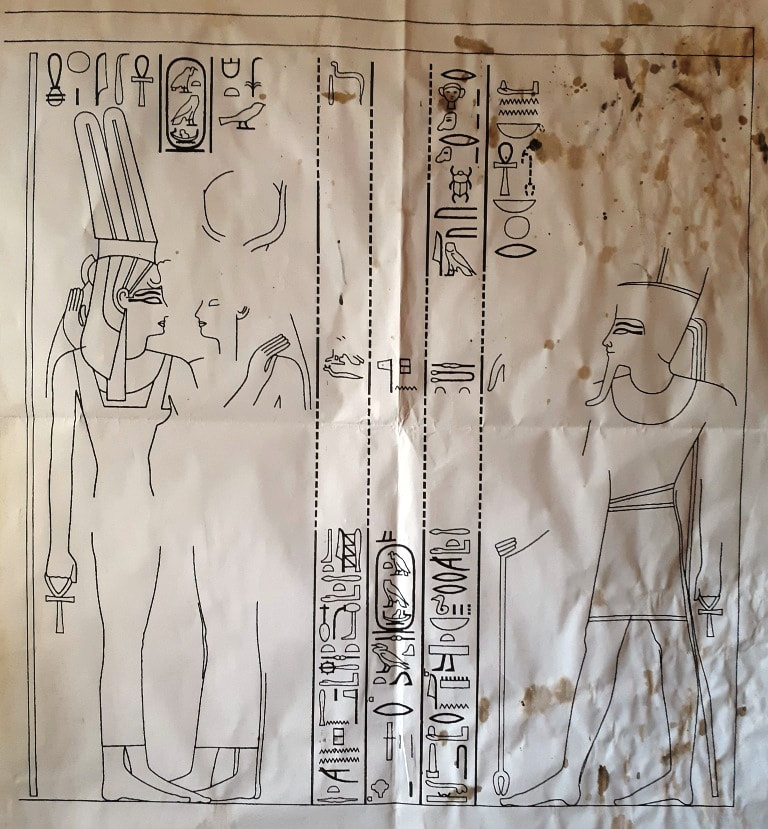
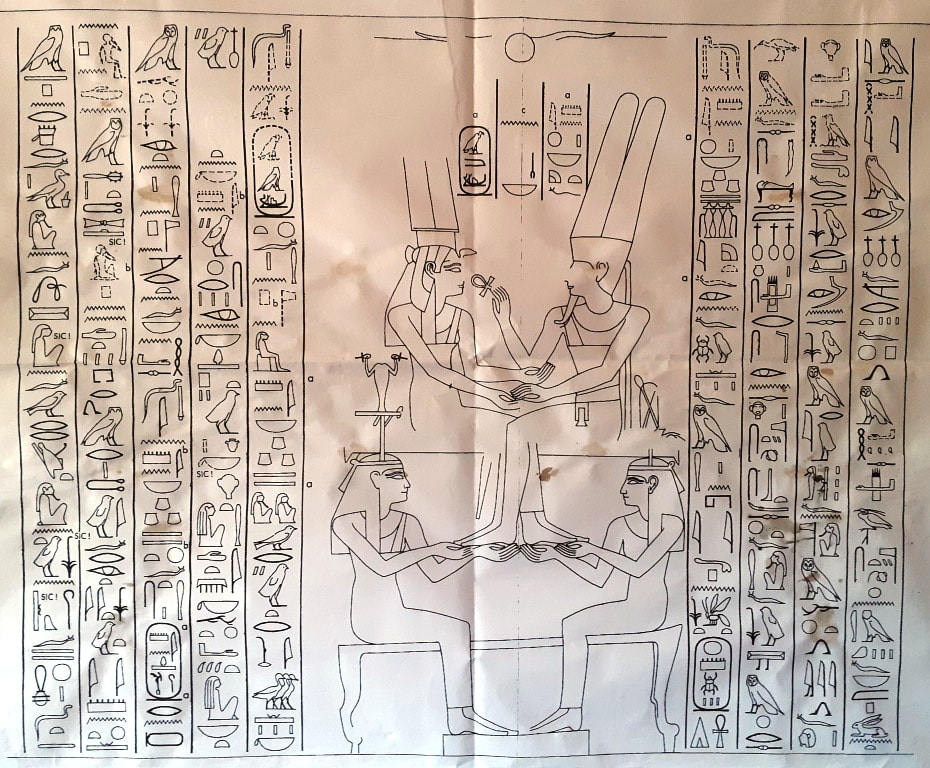
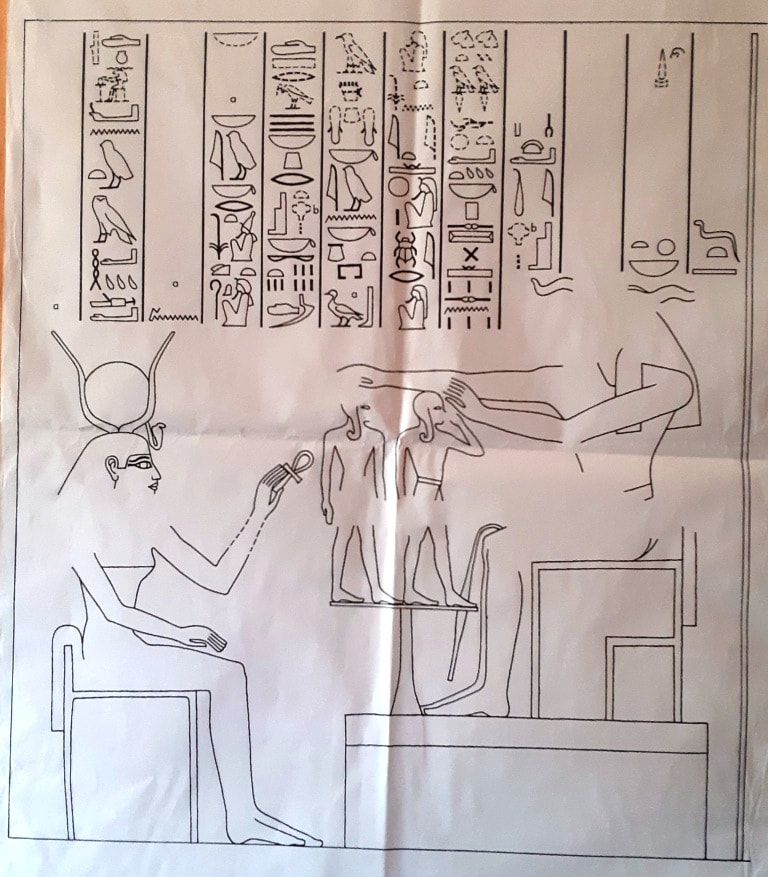
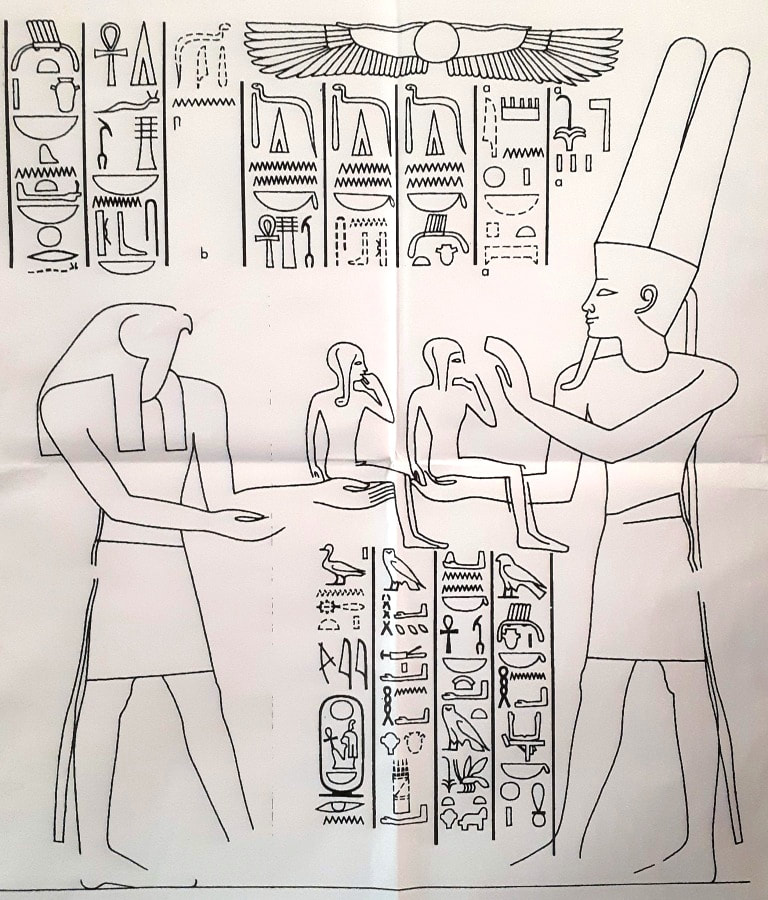
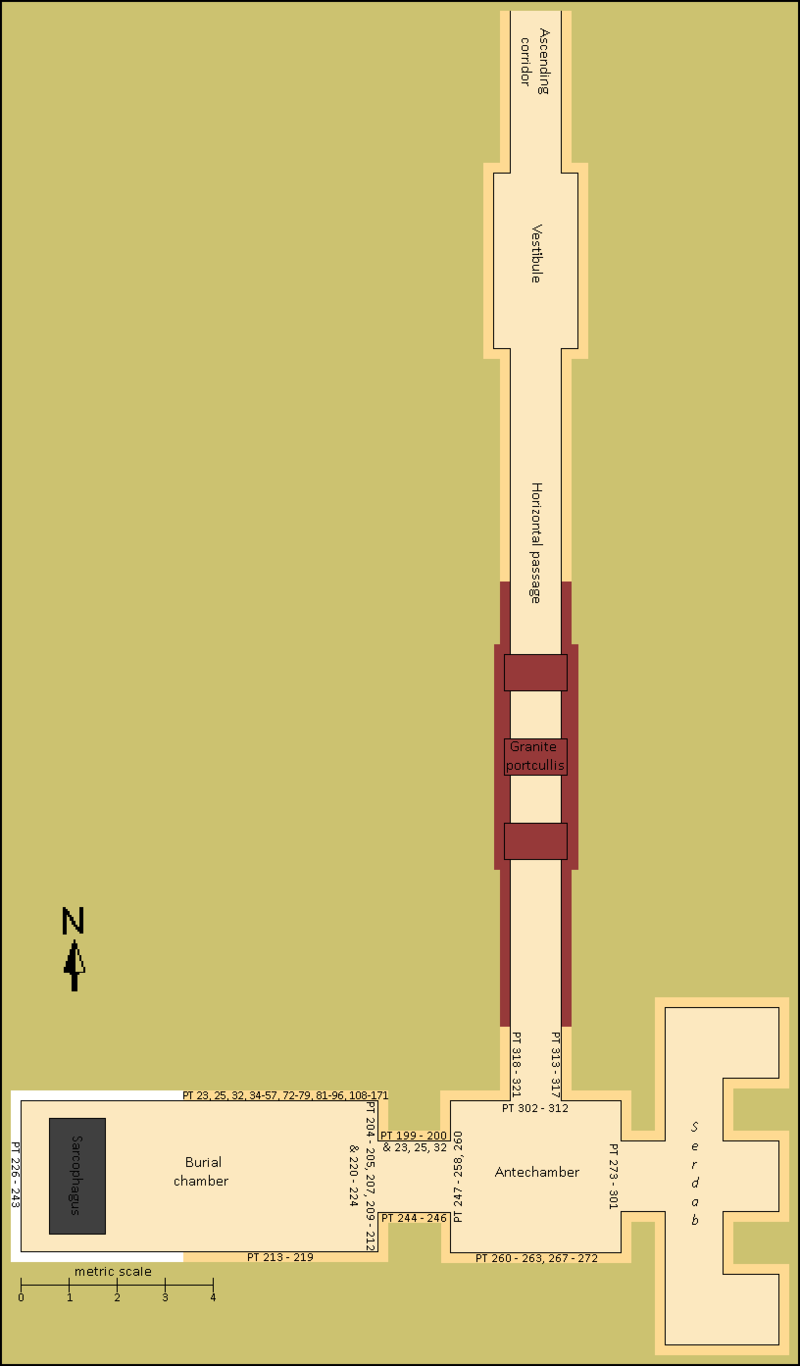
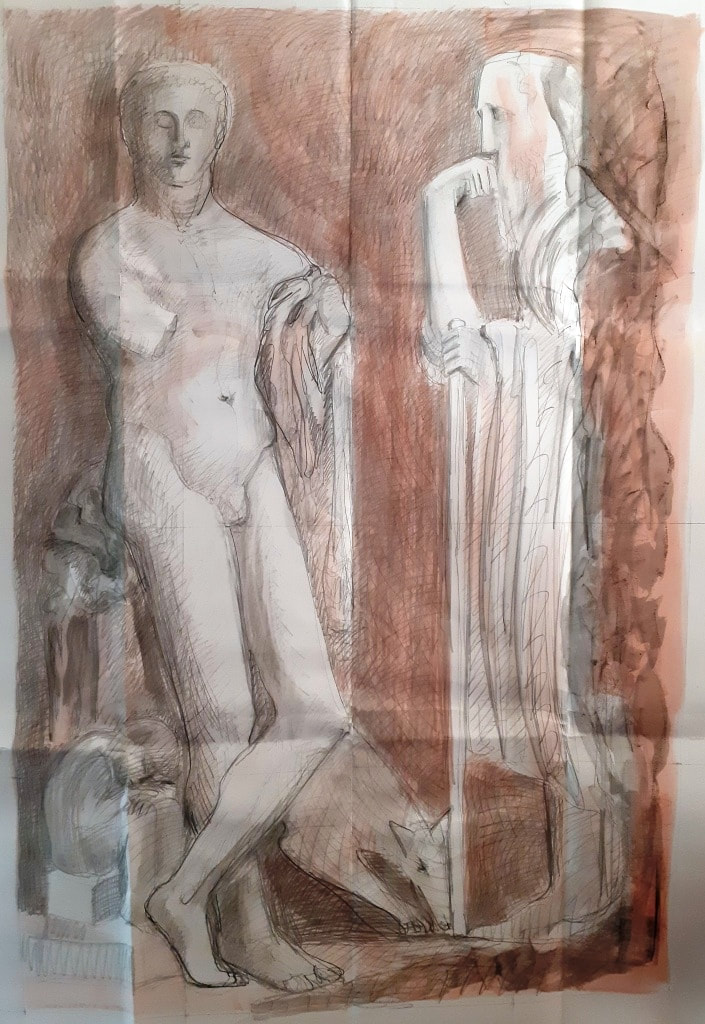
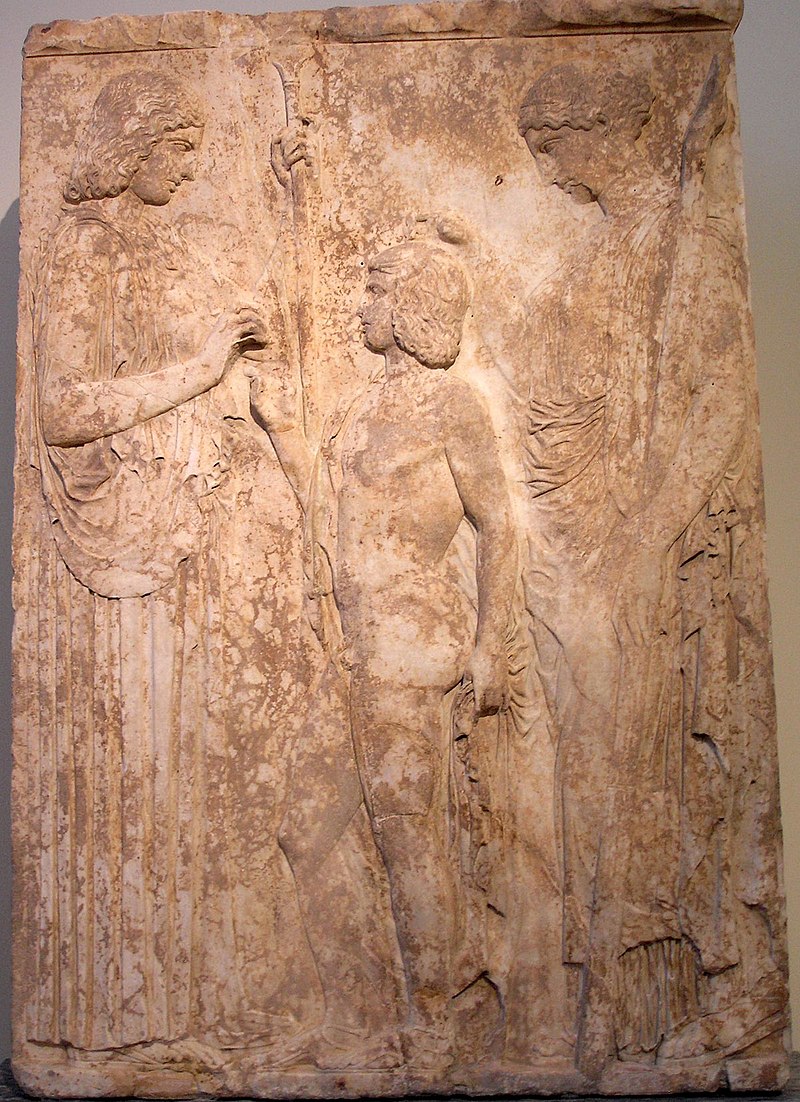

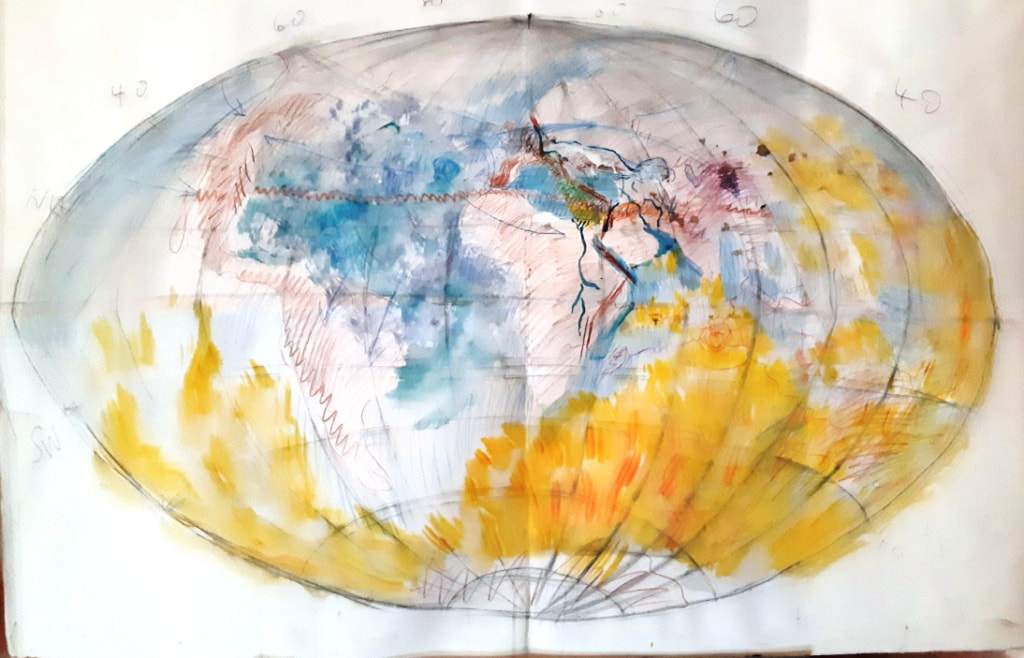

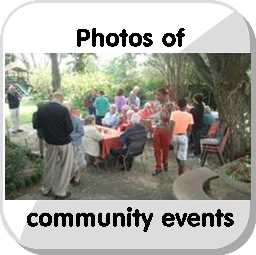
 RSS Feed
RSS Feed